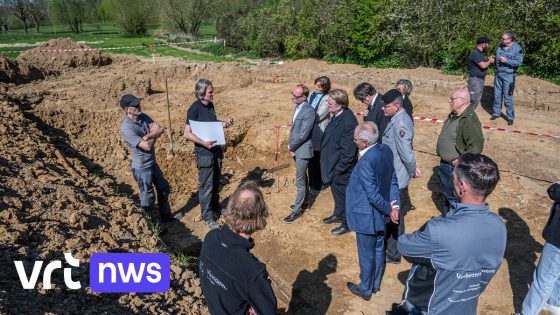Recent archaeological excavations in Belgium provide crucial insights into the lives and deaths of soldiers during World War I. On April 17, 2025, new findings revealed that fallen soldiers often remained unburied on the battlefield, highlighting the chaos of war. This discovery emphasizes the need for respectful memorialization of these heroes.
- Archeological excavations reveal battlefield life insights.
- Misconception: soldiers were buried behind frontlines.
- Fallen soldiers often left unburied or shallowly buried.
- Parties sought honorable resting places for soldiers.
- Ieper landscape serves as WWI historical witness.
- Excavations enhance remembrance and understanding of history.
How Do Recent Archaeological Findings Affect Our Understanding of WWI Soldiers’ Burials?
The recent discoveries shed light on a common misconception regarding soldier burials at the front lines. Many believed that deceased soldiers were quickly removed for burial behind the lines; however, evidence shows otherwise. Key points include:
- Soldiers frequently lay above ground or were shallowly buried.
- The urgency of battle prioritized living soldiers over proper burials.
- This reality reflects broader themes about warfare’s brutal nature.
As we continue to uncover more about this tragic past, it’s essential to honor these fallen heroes appropriately. Future excavations may provide even deeper insights into their stories, allowing families and communities to remember their sacrifices meaningfully.





















